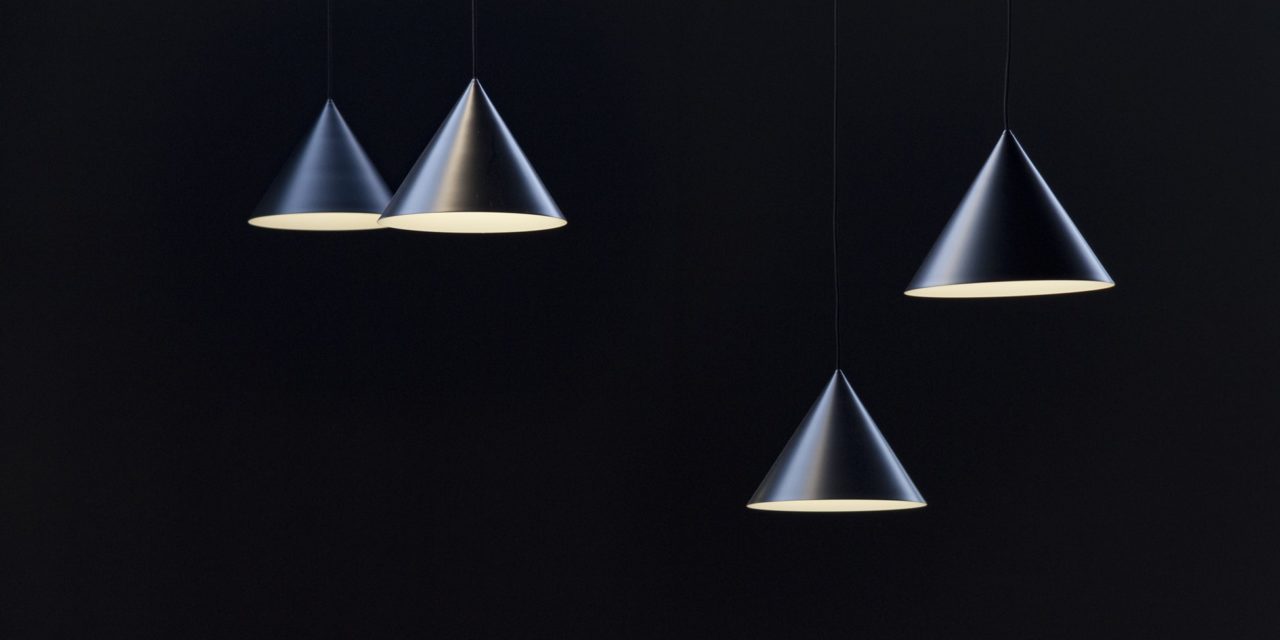[ad_1]
Pattern, what does it mean? Placing, or setting, or fixing? Technically speaking pattern provides a way of placing the lights to provide required light to fulfill our purpose. The patter includes the material in which they need to be fixed at a certain height.
Pattern is entirely dependent upon our need, and the available economy. We will mention the light patterns relevant to our domestic needs where we all spend majority of life time.
Washrooms:
In the washroom, first we have to determine the environment and the temperature. Places where bath is taken or a sink is placed do face humidity due to hot water, similarly sprays of different types, and usage of sink and wall glass. Places close to the sink areas can have two 4inch diameter lights for full lighting as intricate facial makeovers must be prominent in the mirror and glare must be cut off. Places where shower tray, tub, is involved there bright lights are not required, only 3 inch diameter lights 3 with 3 feet gap between them are sufficient with dimmer controlled. They can even be placed as Wall grazing, focusing on the wall to create shadow effect.
Bedroom:
Most ideal is the shadow or wall grazing effect. By focusing a wide spread onto the walls. The light is placed on a vertical surface. A 4 inch diameter lights with 4 feet gap totally 6 in number with 2 on each wall are sufficient for a 13 x 18 feet room with 10 feet ceiling height. Light must be enough for the visibility. Either all can be switched on, or only 2 on any wall.
Lounge, stairway, corridors:
After a hectic routine one feels to relax while watching a TV or listening to a soft music. Therefore the lounge must be lit also with Wall grazing but on certain places accent technique could be used simply to highlight the wall hangings. A secondary stepped ceiling can be used, with lights fixed in the main ceiling, fixture not visible from outside, but a light falls out and spreads softly but variably on the ceiling. Similarly, the secondary ceiling can have only 4 inch Halogen lights but focused away from the couch onto the floor at an angle. Corridors and stairways can have accent lights for sculptures and paintings, where as the main ceiling lights should have 15W fluorescent for more running hours and economy.
Dining Rooms, Kitchen:
The dinning rooms should have direct lights, as focusing directly on top of the surface area, such as table. The dinning room can have four 4 inch diameter lights arranged in a box formation over the table, or 12 V halogens, each focusing on each plate or user area. The number of chairs, the same number will be the lights. Kitchen must be well lit. It is a combination of functions and activities. Halogens or LED can be placed under the wall closets focusing on the cabinet top to ease in managing the crockery and other articles. Similarly, the main lights should be at least 3, 6 inch diameter lights with fluorescent bulbs of 35 W each arranged in an equilateral triangle.
Spot lights, mainly halogen can be placed under the oven hood top along with the ventilation duct. Places where there is more usage and more light is required, preference should be given to fluorescent.
[ad_2]
Source by Owais Siddiqui Jr


